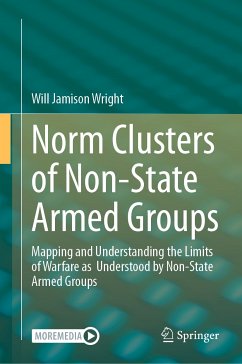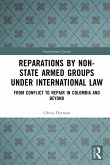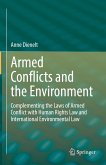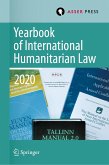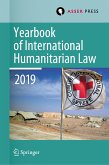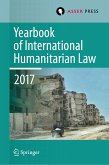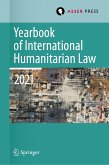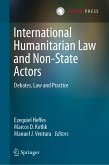The proliferation of non-state armed groups and non-international armed conflicts since the end of the Second World War has challenged the legal frameworks which govern conduct in armed conflict. While aspects of international humanitarian law apply to such conflicts, international law can only go part of the way to explaining behaviour by armed groups. This book seeks to refocus discussion on the limits to armed conflict in such settings by examining the norms that underpin international humanitarian law as espoused by these armed groups to give a clearer picture as to the collectively constructed appropriateness of certain behaviours in or limits to warfare. The specific research question is "What are the norms of armed conflict as identified by non-state armed groups?" Using Winston's norm cluster model, this study seeks to examine and map the ideations and behavioural prescriptions that constitute the armed conflict norm cluster as defined by non-state armed groups. To do this,it utilises a qualitative content analysis of documents from non-state armed groups coded to identify the different elements of this norm cluster as well as the frequency, pervasiveness, and connections between these elements. The findings showed that, while international humanitarian law is universal, these norms limiting armed conflict are not, with no norm being seen across all contexts examined. Core norms of international humanitarian law, especially those supported by norm entrepreneurs, were seen to be the focus of sub-clusters and the emergence of new parts of the norm cluster could be observed over time. The findings suggest that further work with the conceptualisation of limits to armed conflict as norms could be useful in improving the embeddedness of norms amongst non-state armed groups and could be useful in reconceptualising limits to armed conflict in cases where broadly accepted norms face growing contestation.
Dieser Download kann aus rechtlichen Gründen nur mit Rechnungsadresse in A, B, BG, CY, CZ, D, DK, EW, E, FIN, F, GR, HR, H, IRL, I, LT, L, LR, M, NL, PL, P, R, S, SLO, SK ausgeliefert werden.

